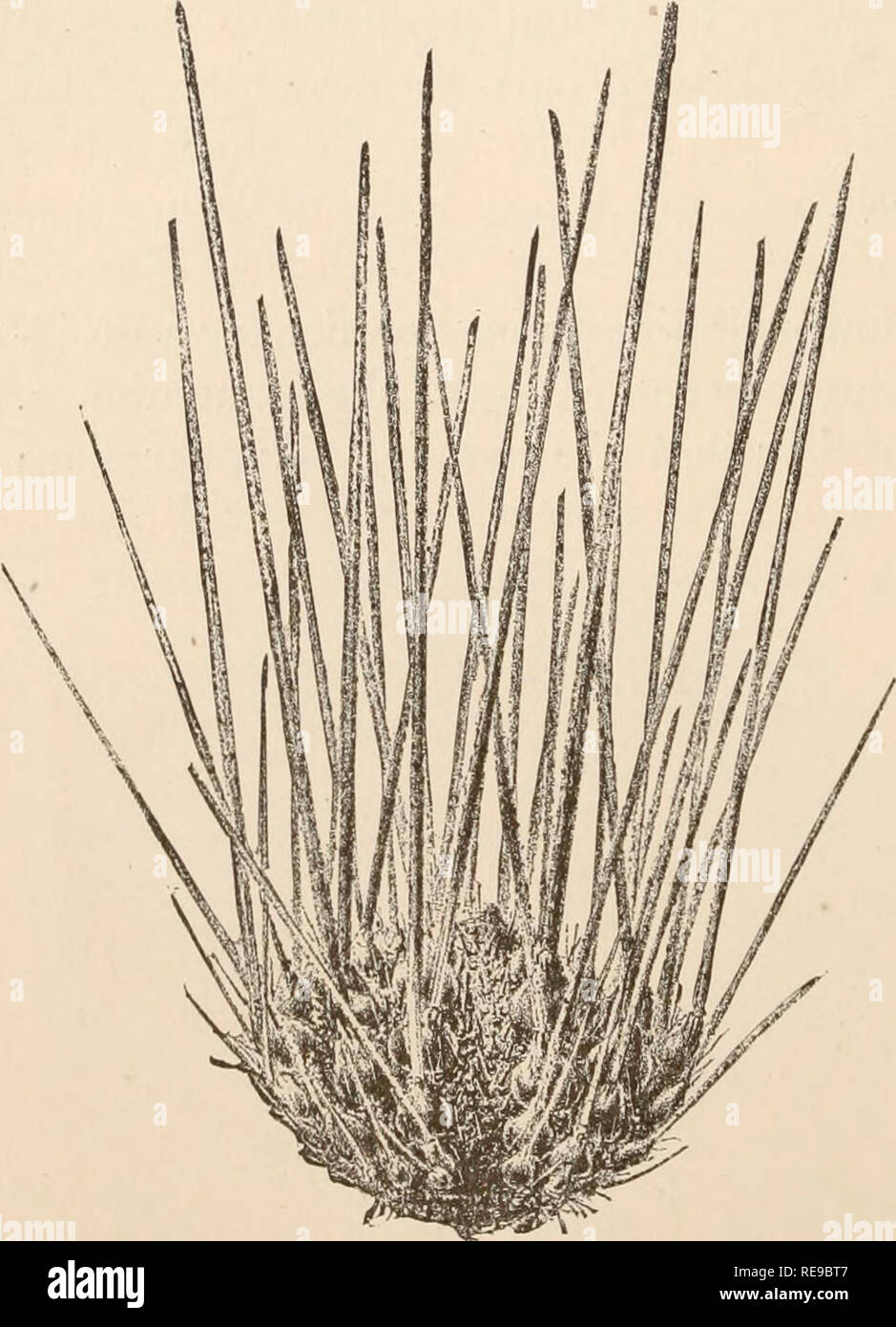. A contribution to American thalassography : Three cruises of the United States Coast and geodetic survey steamer "Blake", in the gulf of Mexico, in the Caribbean sea, and along the Atlantic coast of the United States, from 1877 to 1880. Blake (Steamer); Marine animals -- Atlantic Ocean; Marine sediments. 96 THREE CRUISES OF THE " BLAKE.' other sea-urchins; they are probably modified pedicellariae. The test of Asthenosoma is of a deep claret-color. Phormo- xomaplacenta, another of the modern Echinothurise (Fig. 360), is grayish, or sometimes of a deep brick-color or a yellowish

Image details
Contributor:
The Book Worm / Alamy Stock PhotoImage ID:
RE9BT7File size:
7.2 MB (327.5 KB Compressed download)Releases:
Model - no | Property - noDo I need a release?Dimensions:
1344 x 1860 px | 22.8 x 31.5 cm | 9 x 12.4 inches | 150dpiMore information:
This image is a public domain image, which means either that copyright has expired in the image or the copyright holder has waived their copyright. Alamy charges you a fee for access to the high resolution copy of the image.
This image could have imperfections as it’s either historical or reportage.
. A contribution to American thalassography : Three cruises of the United States Coast and geodetic survey steamer "Blake", in the gulf of Mexico, in the Caribbean sea, and along the Atlantic coast of the United States, from 1877 to 1880. Blake (Steamer); Marine animals -- Atlantic Ocean; Marine sediments. 96 THREE CRUISES OF THE " BLAKE.' other sea-urchins; they are probably modified pedicellariae. The test of Asthenosoma is of a deep claret-color. Phormo- xomaplacenta, another of the modern Echinothurise (Fig. 360), is grayish, or sometimes of a deep brick-color or a yellowish orange. The coronal plates of both zones, although they appear at first glance similar in structure to those of the regular sea- urchins, yet are frequently split up into four distinct plates, as in the palaeozoic Archeocidaris and the like. In a type recalling the Cidaridse and the Diadematidse, Aspi- dodiadema antillarum (Fig. 361), remarkable and interesting pedicellarise are found scattered over the whole of the abac- tinal part of the test. These may be called sheathed pedicel- larise. The shaft con- sists of a long, slender radiole, distinctly ar- ticulated, surrounded by a huge fleshy sheath, swelling out into three large bags on the sides. (Fig. 362.) The sheath. Fig. 361.—Aspidodiadema antillarum. |. Fig. 362. — Aspidodiadema an- tillarura, magnified pedicellaria. expands at the extremity into a three-lobed cupuliform tip. These pedicellarise recall the remarkable sheathed secondary spines of Asthenosoma, and form an additional link in the chain. Please note that these images are extracted from scanned page images that may have been digitally enhanced for readability - coloration and appearance of these illustrations may not perfectly resemble the original work.. Agassiz, Alexander, 1835-1910; U. S. Coast and Geodetic Survey. Boston ; New York : Houghton, Mifflin and Co.